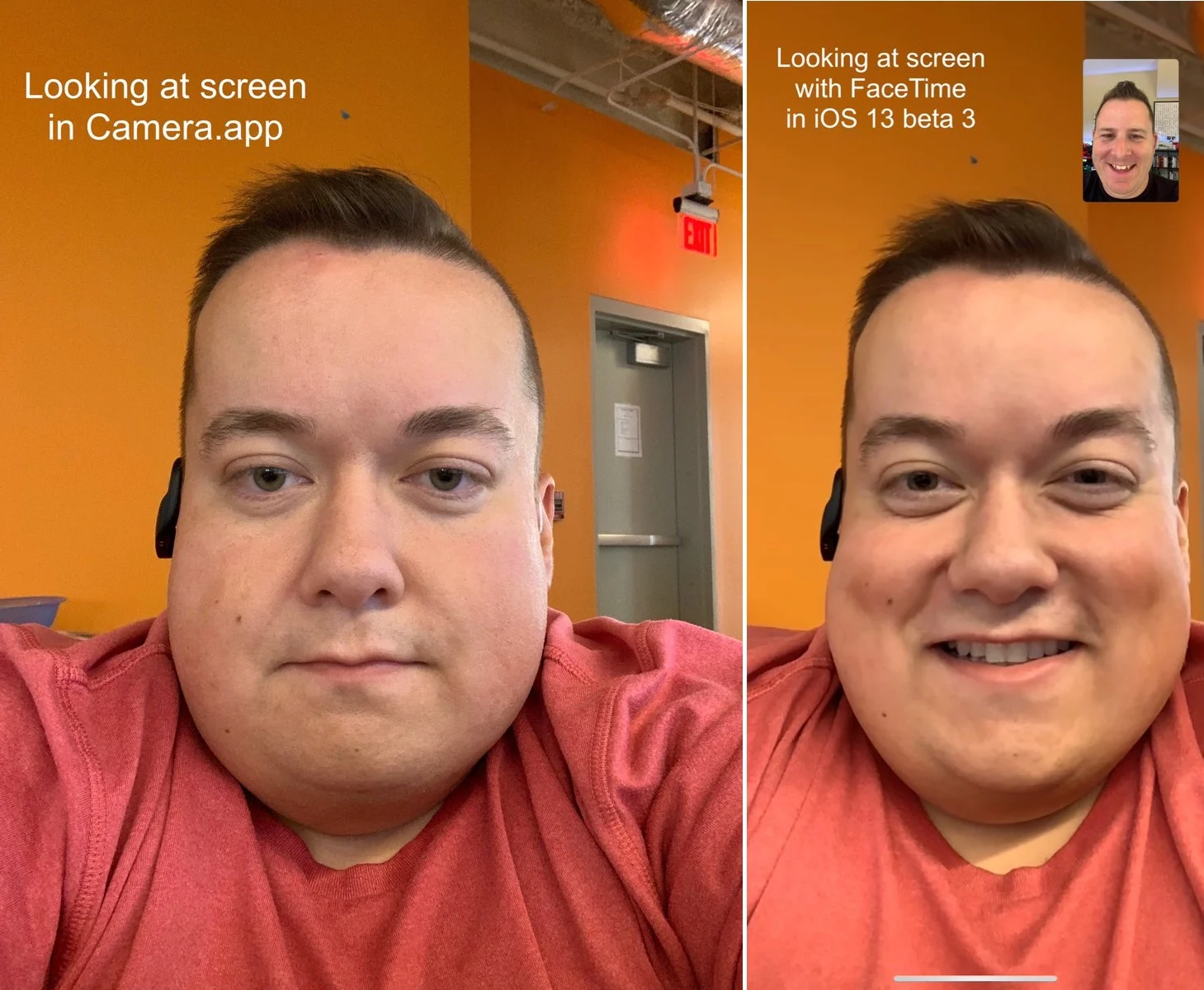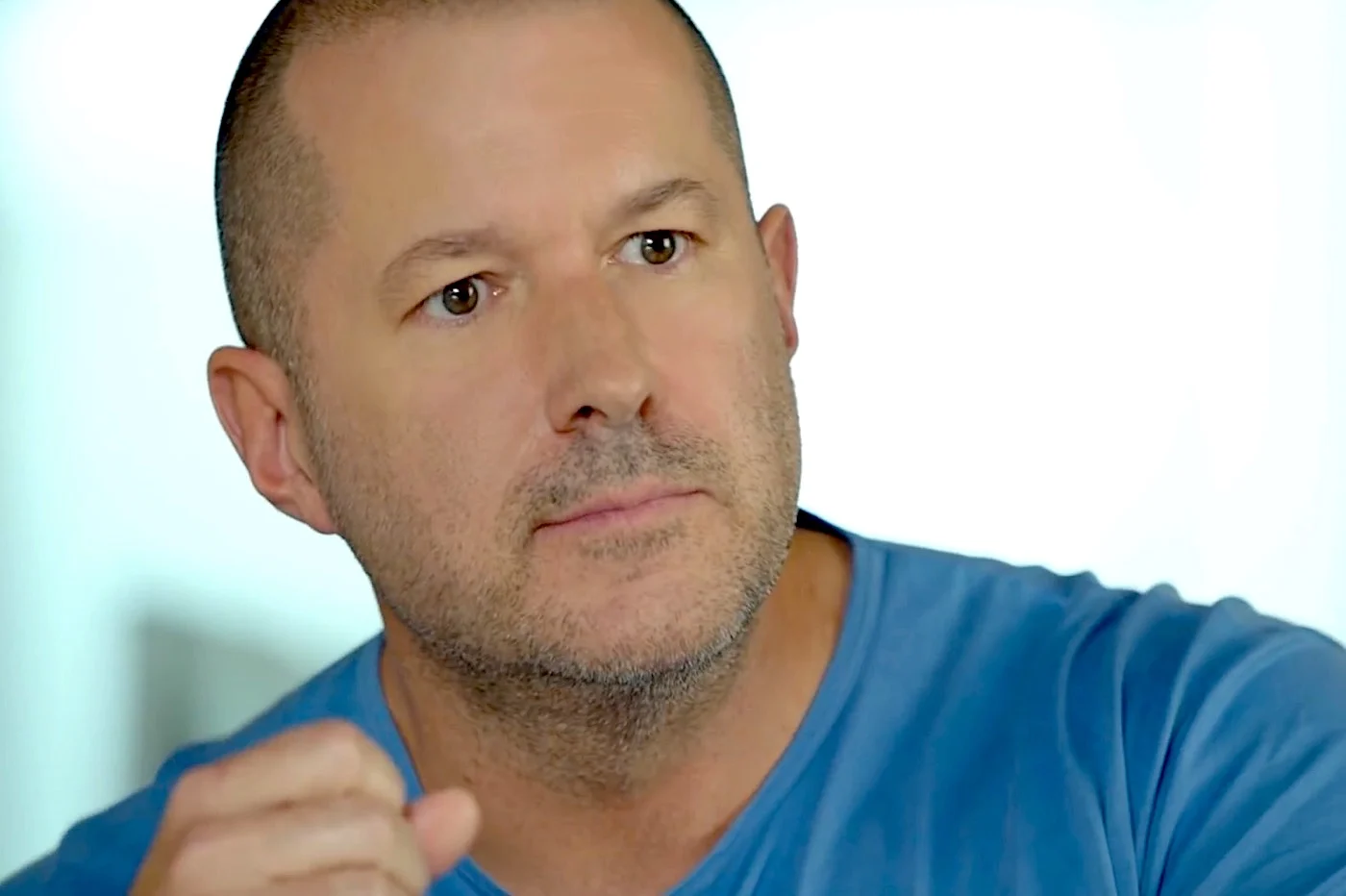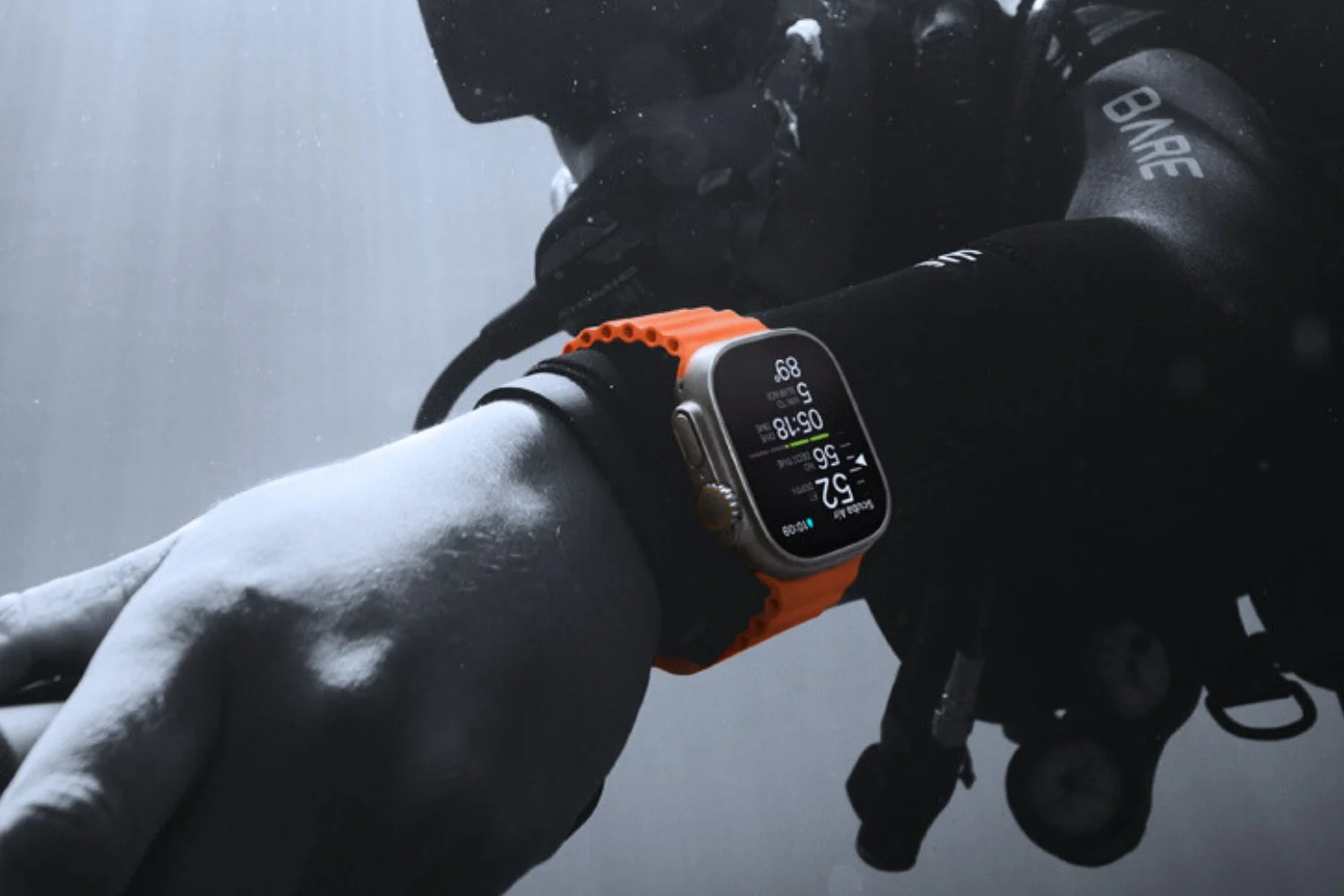A notable novelty appeared withthe latest beta 3 version of iOS 13. She was not seen during thelast WWDC keynote. This is a technology integrated into FaceTime that allows you tocorrect the person's gaze, so that the interlocutor has the impression of being watched during the discussion.
Because very often, during a FaceTime conversation or on another videoconferencing app, the user tends to look at the screen to see the other person speaking. Theoretically, for the interlocutor to have the impression of being watched, one should discuss by aiming their eyes at the front photo sensor, as a presenter does on television to speak to viewers.
But rather than pushing FaceTime users into unnatural behavior, Apple got around the problem with automatic gaze correction.
The FaceTime app takes advantage of facial analysis technologies from iPhone and ARKit to identify gaze and its direction. She then makes a slight modification of the eyes, in real time, to mimic a look towards the camera. And even if the result does not seem as good as if the user spoke directly while looking at the camera, we must admit, according to the first images, that the technology largely seems to do the trick.
Here's an example posted by tech specialist Will Sigman onhis Twitter account. On the left, he's looking at the screen in the Camera app. On the right, he is looking at the screen in the FaceTime app under iOS 13 (beta 3).

© Will Sigmon
We can clearly see that the gaze appears slightly modified to the right, as if it were raised to better aim at the interlocutor.
The app actually readjusts the position of the eyes and sometimes even their size, to create an illusion.Dave Schukin, another Twitter user, had fun trying to highlight the software process. He held an arm of a pair of glasses in front of his eyes.
How iOS 13 FaceTime Attention Correction works: it simply uses ARKit to grab a depth map/position of your face, and adjusts the eyes accordingly.
Notice the warping of the line across both the eyes and nose.pic.twitter.com/U7PMa4oNGN
— Dave Schukin ? (@schukin)July 3, 2019
We see a slight difference, particularly in terms of the size of the eyes, once the branch passes in front of them.
This is finally a new feature that seems quite minor, but which takes on its full meaning in FaceTime and for all regular users of the videoconferencing app. A small addition in short with the potential to make video exchanges more natural, effortless.
Little unknown at the moment: we don't know if all iPhones and iPads will support this gaze correction under iOS 13.

i-nfo.fr - Official iPhon.fr app
By : Keleops AG
Editor-in-chief for iPhon.fr. Pierre is like Indiana Jones, looking for the lost iOS trick. Also a long-time Mac user, Apple devices hold no secrets for him. Contact: pierre[a]iphon.fr.






